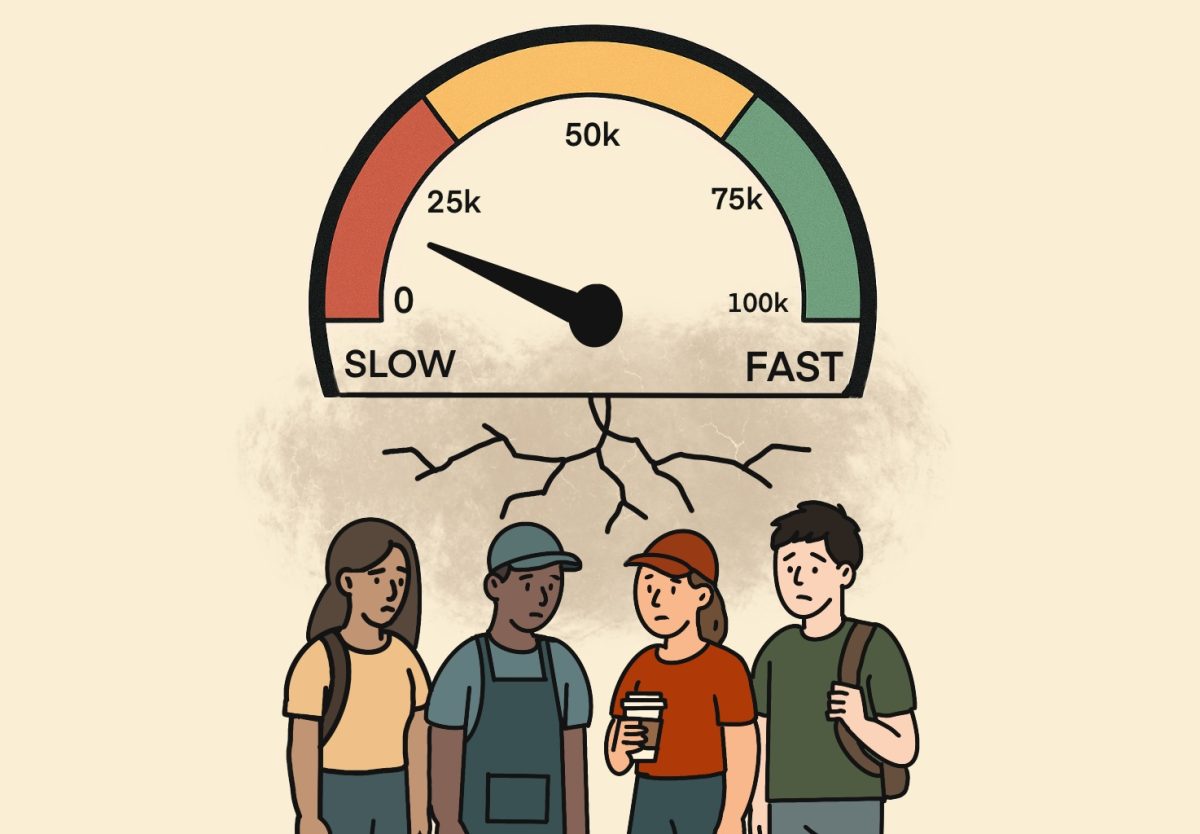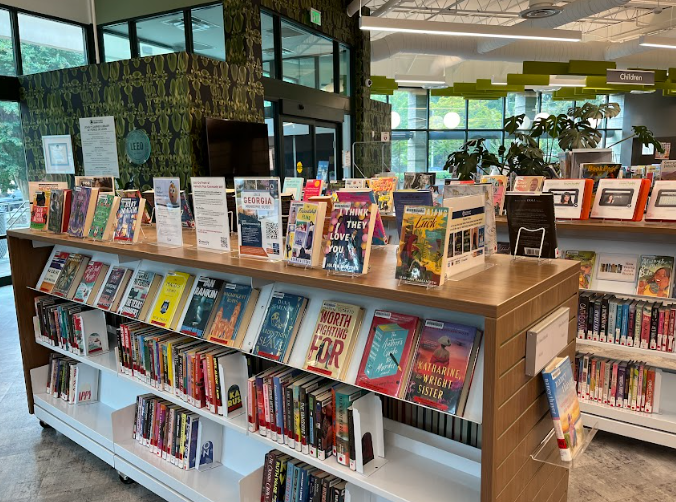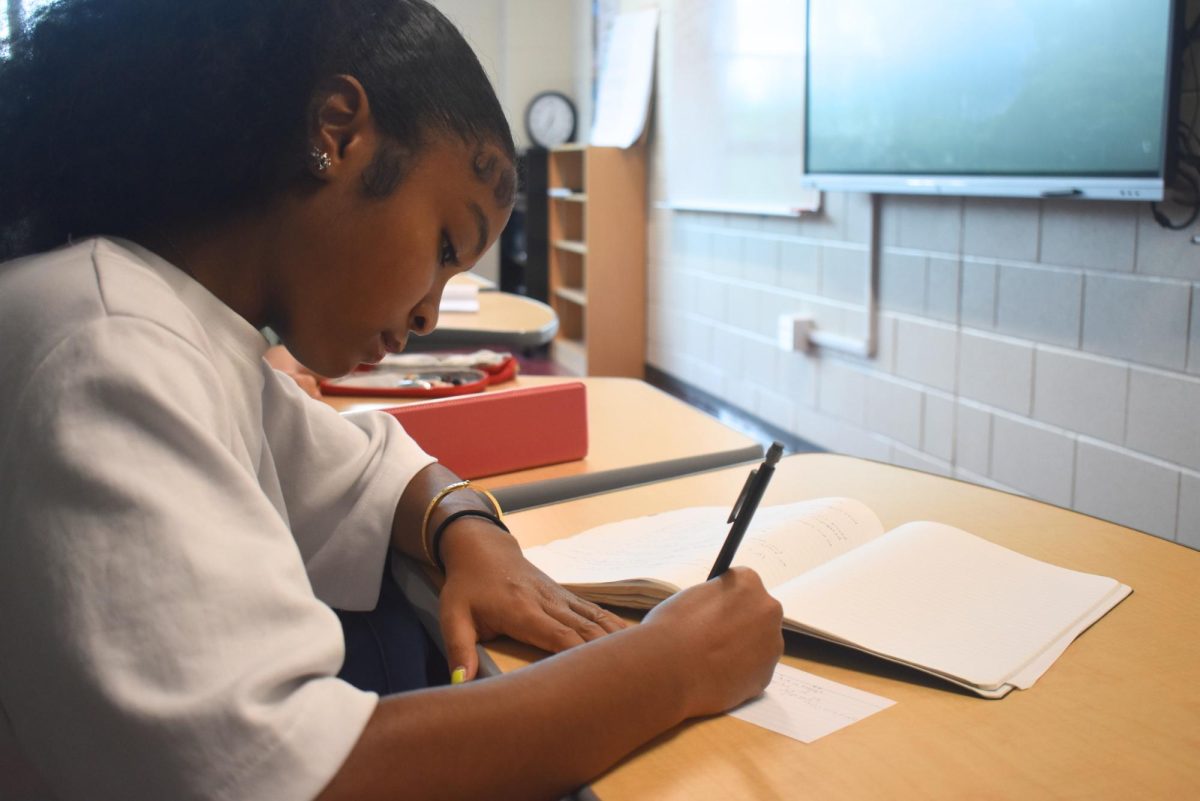
Surrounded by 11 tents, approximately 30 people gathered in the center of Woodruff Park on Jan. 9. This group meets in the park four times a week to discuss plans and share opinions as part of the Occupy Atlanta movement.
Occupy Atlanta began in October last year and, for the most part, has evolved from a group seeking publicity to one organizing political action.
Initially, the movement’s focus was on the occupation of Woodruff Park. Tim Franzen, who is an active Occupy Atlanta member, said having people pitch tents and live in the park for several days helped gain attention and a media spotlight for the movement.
“Now that the occupation is all over the country and out of the park, we’re getting down to the actual community organizing and taking on projects that give us the opportunity to have tangible plans that make people’s lives better,” Franzen said.
Occupy Atlanta is currently working on a major project called Occupy Our Homes, in which occupiers set up tents in the front yard of a person’s home in an attempt to prevent foreclosures and evictions. The most recent example of an occupied home is Eloise Pittmans’ house, located at 404 Glen Iris Drive.
“[Occupy Our Homes] is the combined efforts of over 20 different Occupy cities working together to lift up the foreclosure crisis and have Occupy movements all over the country work on challenging the banks and stopping foreclosures,” Franzen said. “We do this because we want to win the house back for the family.”
Franzen said Occupy Atlanta is involved in other projects such as the establishment of the largest homeless shelter in the Southeast. It is located near the intersection of Peachtree and Pine Streets.
Occupy Atlanta also schedules marches on banks and the city capitol and coordinates with other Occupy movements around the world.
Occupy Atlanta continues to maintain a small tent community in Woodruff Park. Although these tents remain in the center of the park during the day, at 11 p.m., when the park closes, occupiers must move the tents to the sidewalk, where they can stay for the night.
“We use each other’s assets to help each other,” said Tony Chase, an Occupy Atlanta member and homeless man living in the park. “We utilize all our resources to build a unified community.”
A man who identified himself as Smitty J has lived in Woodruff Park since Oct. 7 when the movement began. He works to manage the people in this park community and said the purpose of “occupying” the park is very simple: to be heard.
“The statement we’re trying to make is telling the city of Atlanta we’re here, and we ain’t going nowhere,” Smitty J said.
The Occupy movement also has beliefs and ideas that it works to spread throughout Atlanta.
“The statement that I’m trying to make is that we can no longer afford to live in this crisis of economic priority where the needs of the few are put above the needs of the many and where the richest one percent continue to get richer at the cost of everybody else,” Franzen said.
Occupy Atlanta member Jonathan Tooker compared the current national government to the Empire in Star Wars. He said one of his demands is to “facilitate a smooth transition of government” to one that has less power.
Occupy Atlanta works not only to disseminate its message but also to reform the system. Franzen said hundreds of people are currently a part of the movement.
“There are people that have quit a job or given up an apartment to become a part of this movement. This is a historical moment, and I think some people are realizing that we cannot squander this opportunity that we have to change the world,” Franzen said. “This is not a protest that lasts an hour and then you go home. This is not a march that happens once a year. This is a 24/7 movement. There are people in Atlanta working on this 24/7.”
Smitty J agreed there is still much work to be done.
“Right now, I’d say we’re about 45 percent heard because we are getting a lot of calls from people who need our help, especially with concern to foreclosures,” Smitty J said.
While Occupy Atlanta’s tactics have transformed since its beginning, the movement’s structurehas also. The movement has split into several committees-: media, home defense, action and demands committees. Each has its own staff members and specific role in the movement.
Every Monday, Wednesday, Friday and Saturday, Occupy Atlanta holds a general assembly, a meeting in Woodruff Park where members make proposals, voice concerns, provide updates and plan for future events. During general assemblies, hand signals are used to prevent people from interrupting each other and time limits are placed on those who want to speak.
“We want to have our process reflect the world that we want to live in,” Franzen said. “We want to live in a world where everybody’s voice is equal, so in our structure, there are no leaders, everybody’s equal and everybody’s voice is elevated to the same importance. We operate on a consensus model … Our general assembly is a place where we can come together.”
Franzen said the future of Occupy Atlanta is uncertain. Chase believes the movement will continue long into the future but said it will be the next generation’s job to continue the work.
“We’ve started it,” he said. “Now you’ve got to finish it.”






